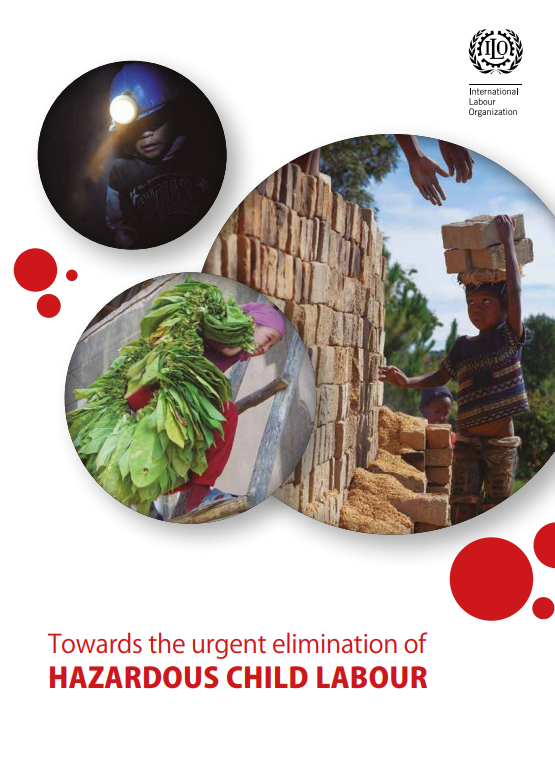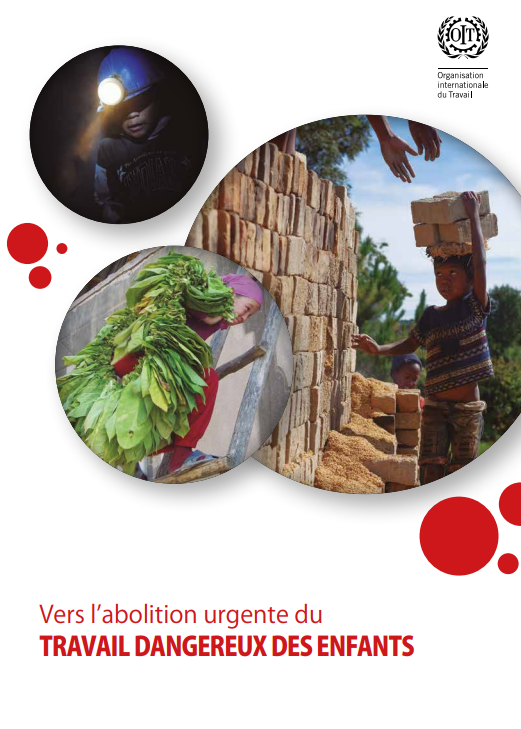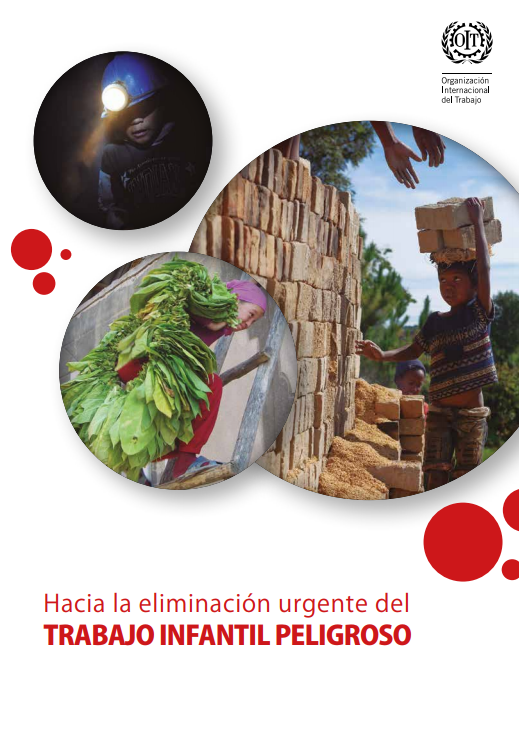This report finds that certain occupational hazards, including exposure to psychological stress and to commonly-used chemicals, are even more serious for children than previously thought.
Another key finding is that adolescence, as a period of physical maturation, may start earlier and last into the mid-twenties. Within this extended period of growth, children (and young adults), face a range of vulnerabilities that require responses in law and practice.
The report outlines the crucial and mutual link between education and health: lack of education increases the risk of negative health outcomes from work and conversely, quality education has positive and protective effects on health.
During the past years, a number of pilot interventions have been scaled up. Key among these are “integrated area-based approaches”. These approaches seek to ensure that children removed from one form of hazardous work do not end up in another, or are replaced by their siblings, and that, even if the entry point for intervention is prevalence of hazardous child labour in one sector or supply chain, the exit point is a community or area free from child labour in all its forms.
The report is also available in Spanish and French (see below).



